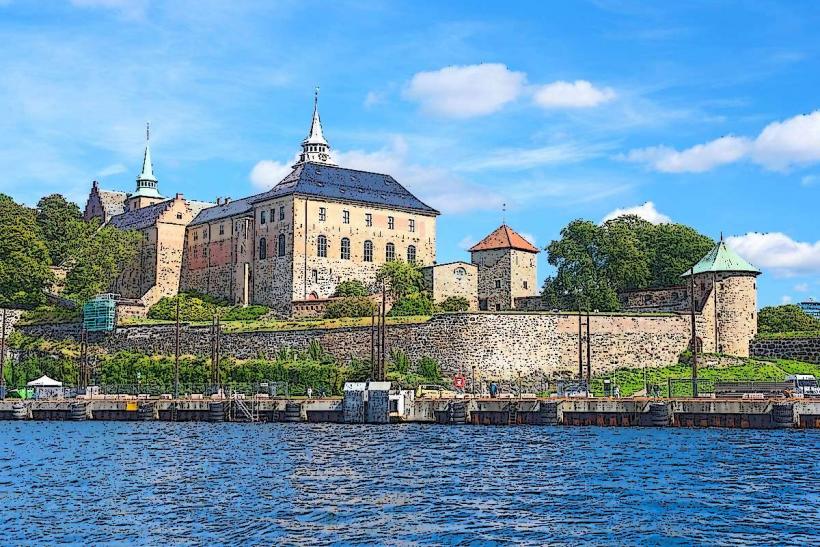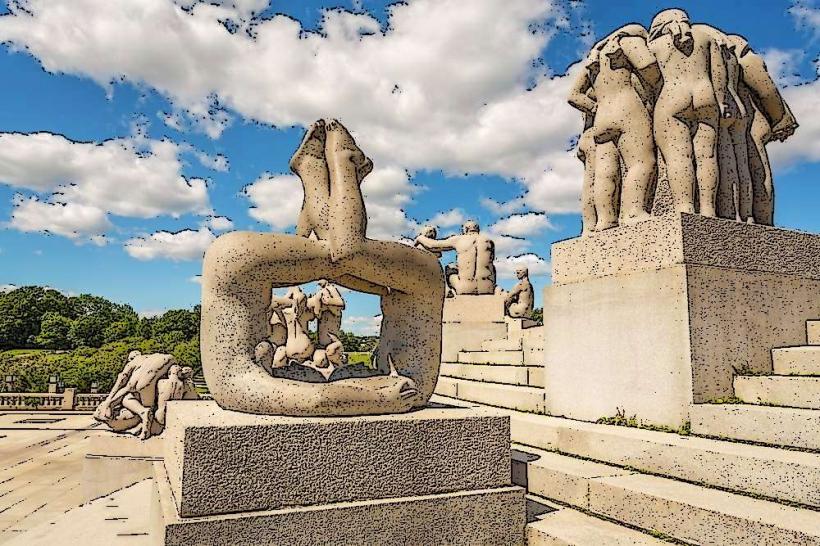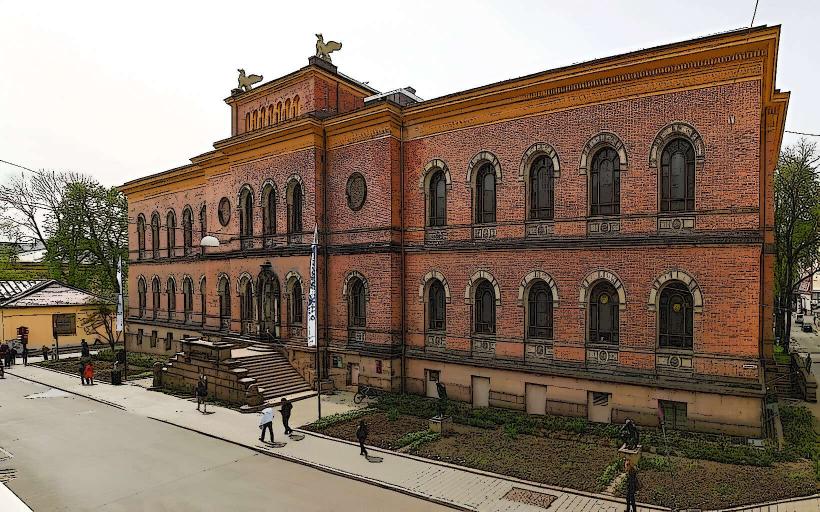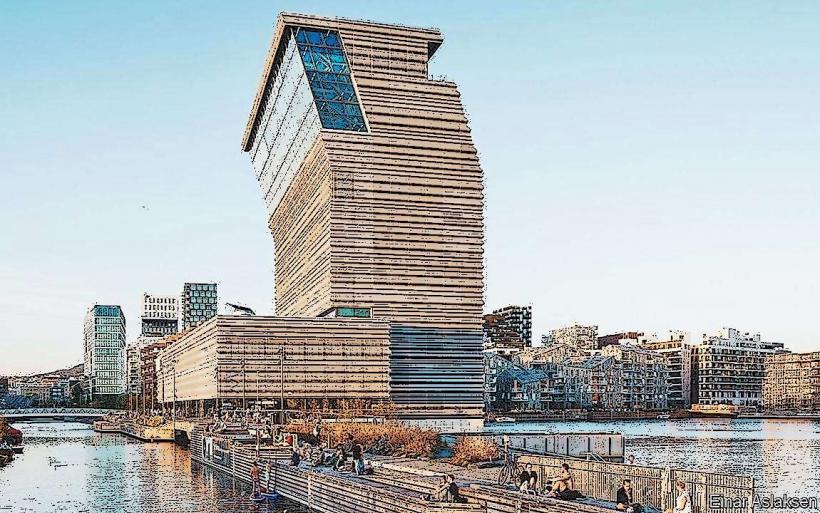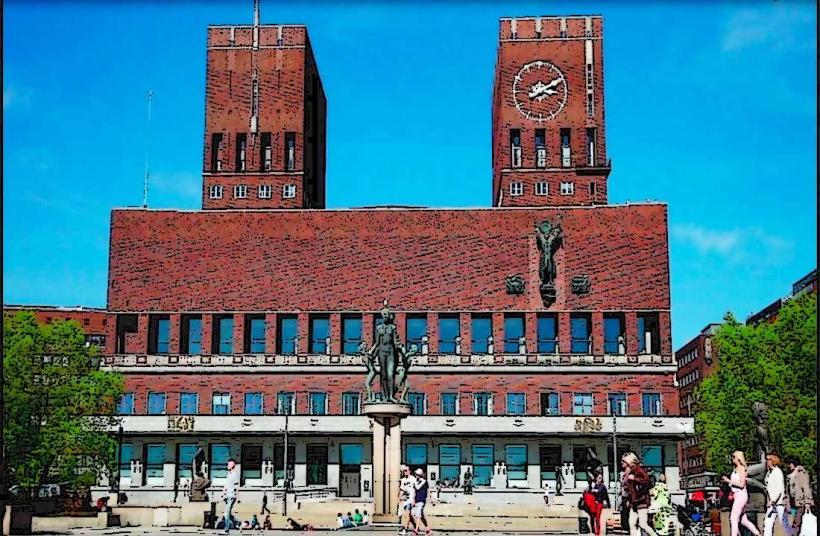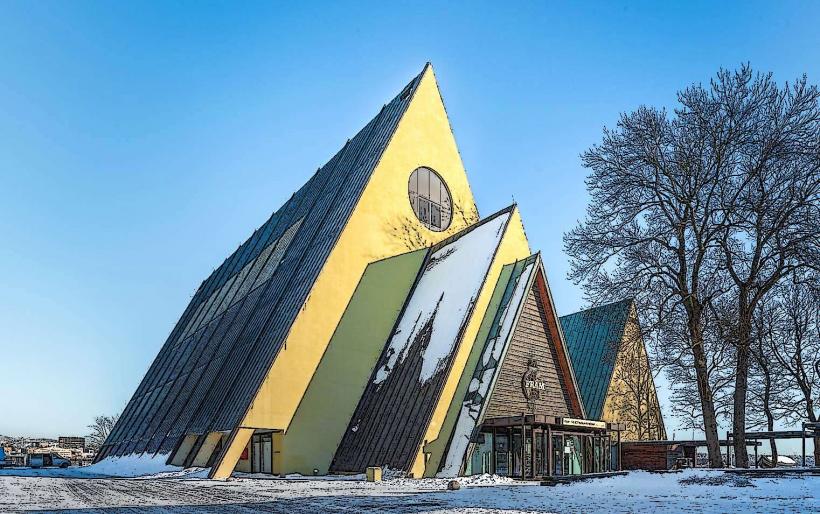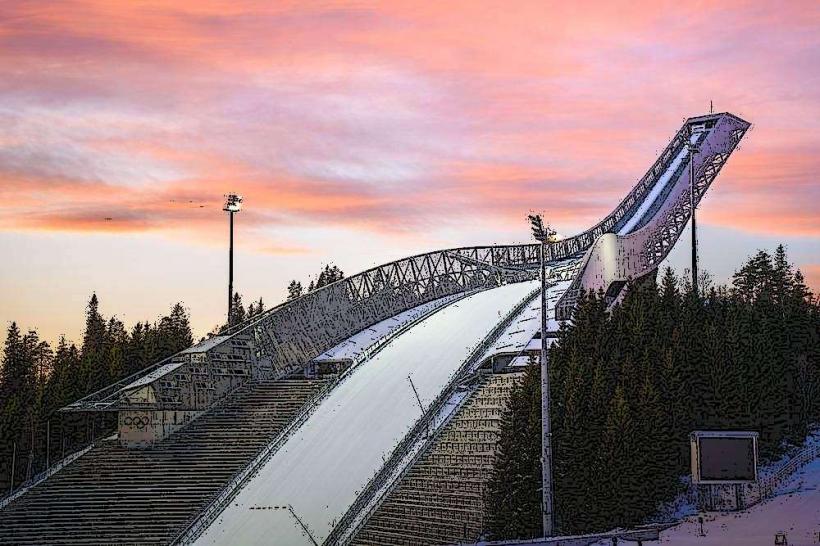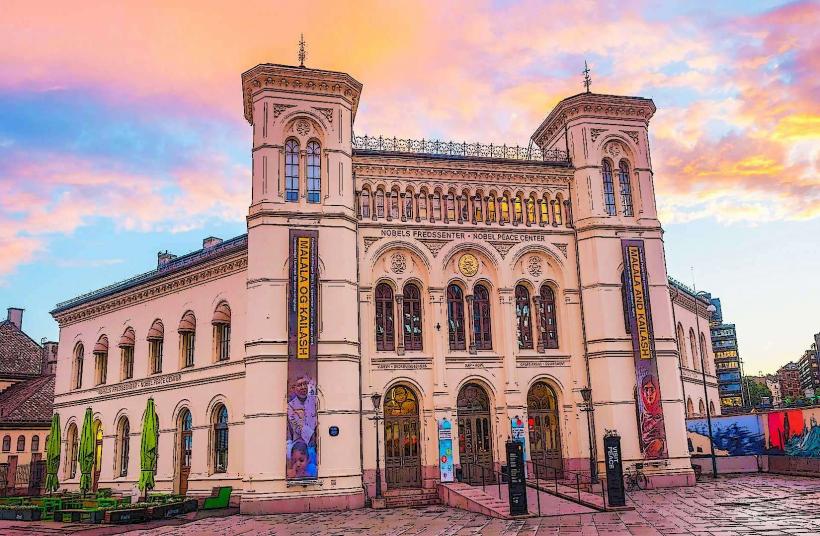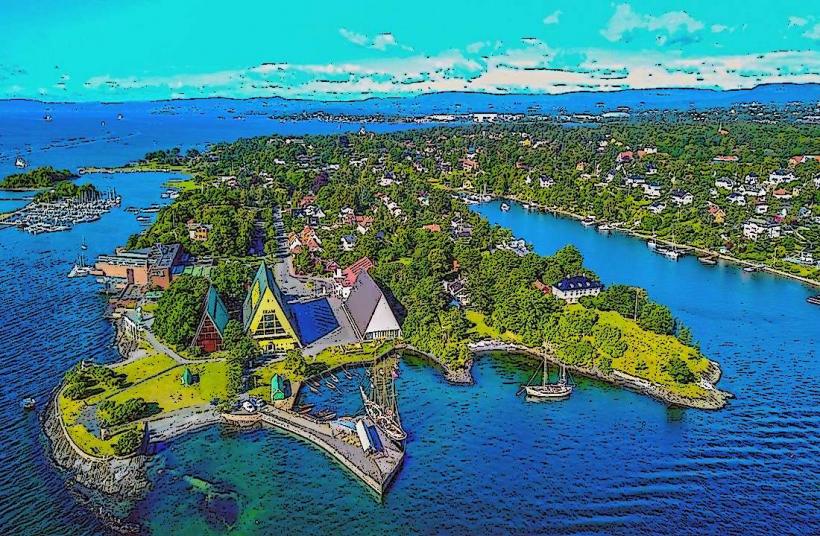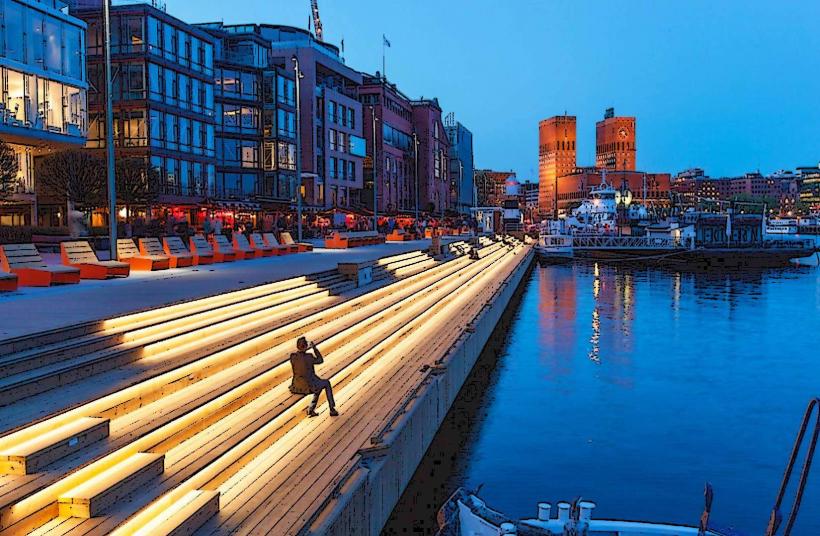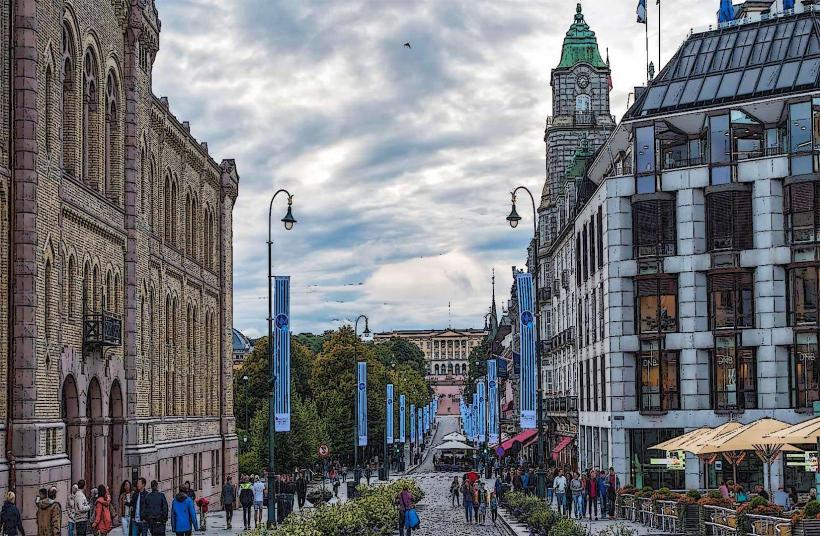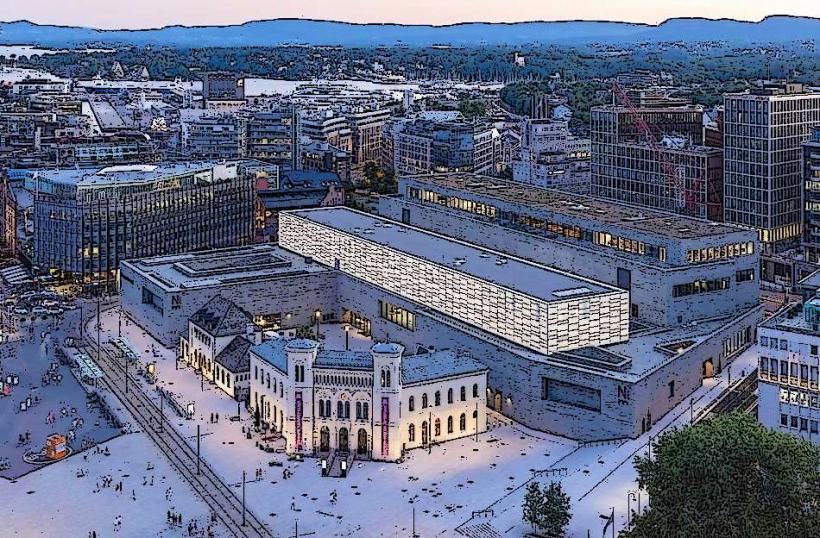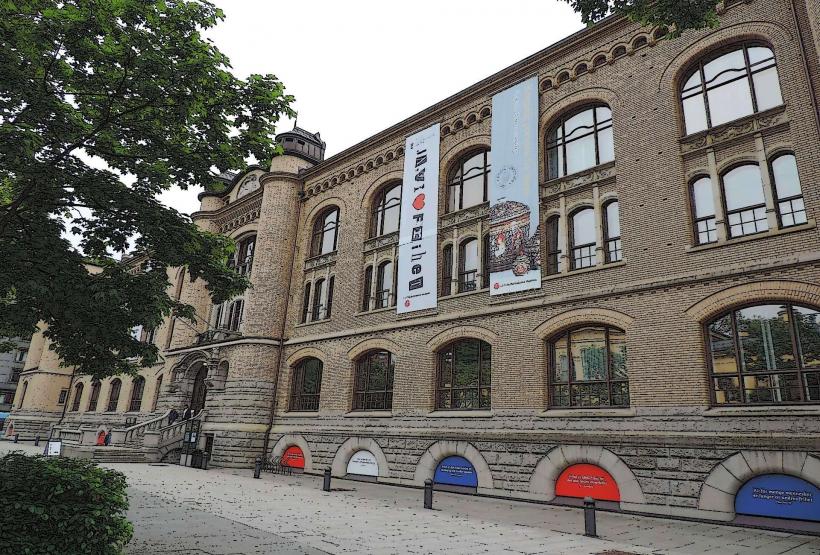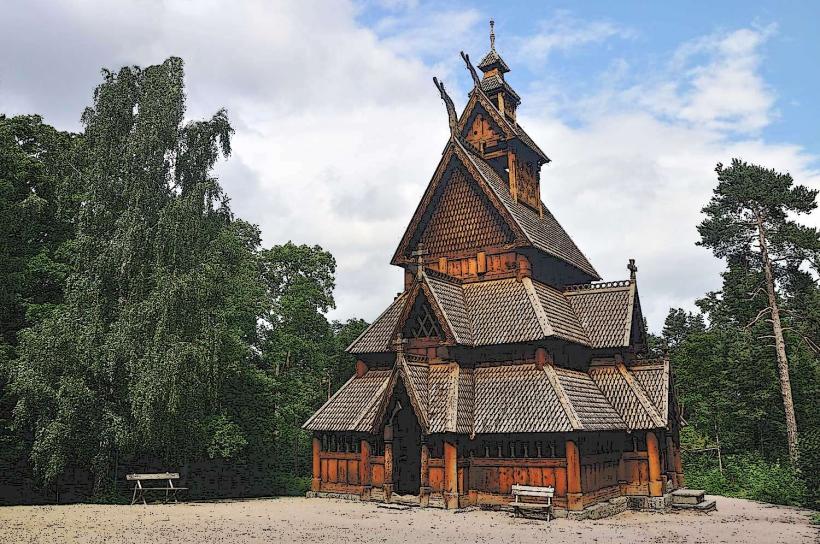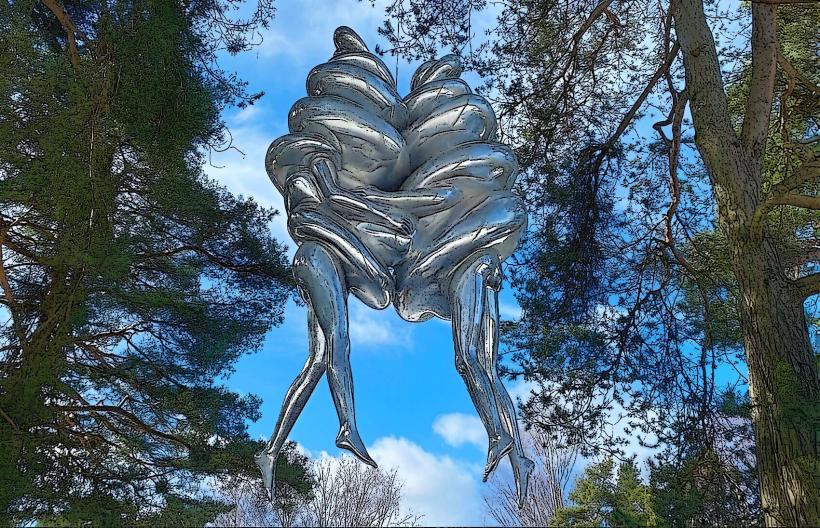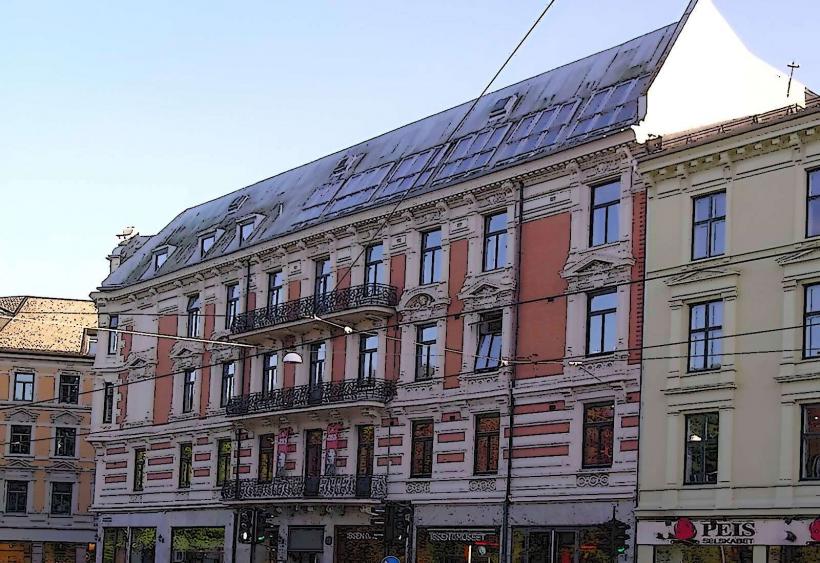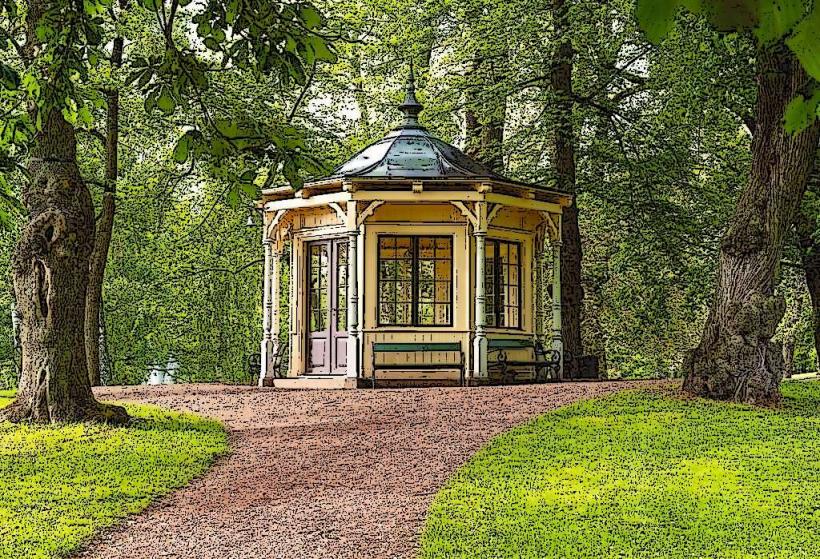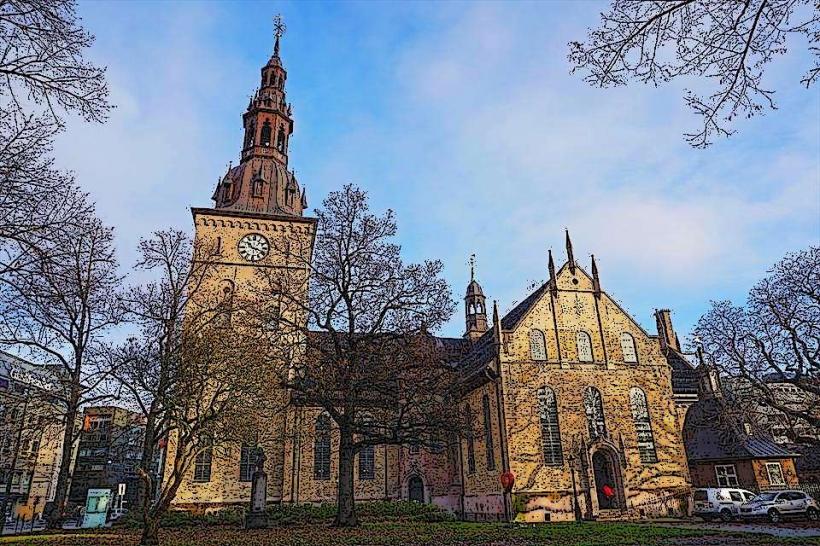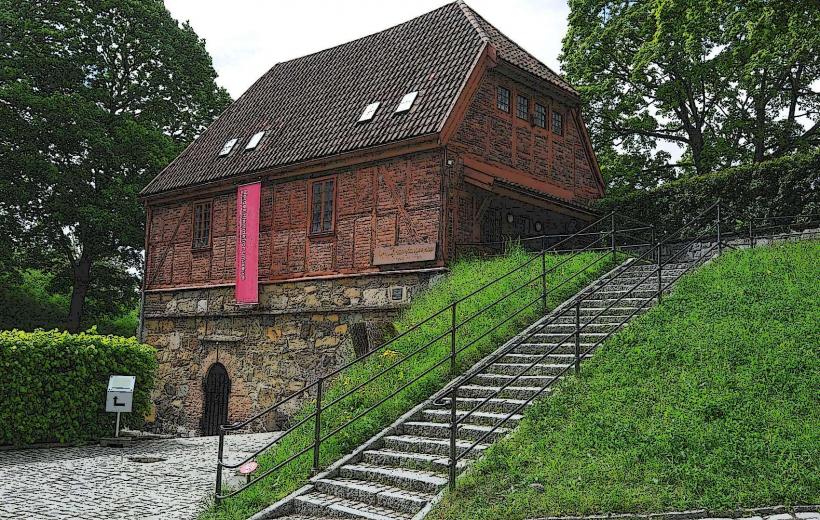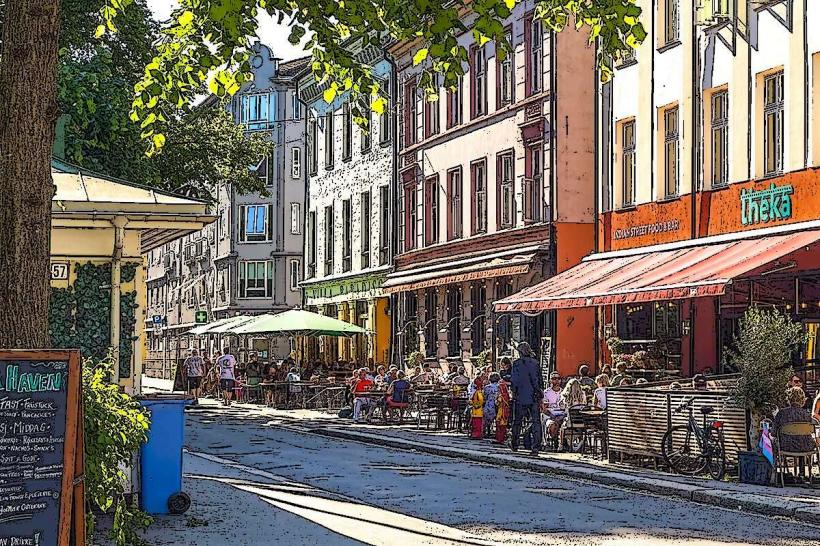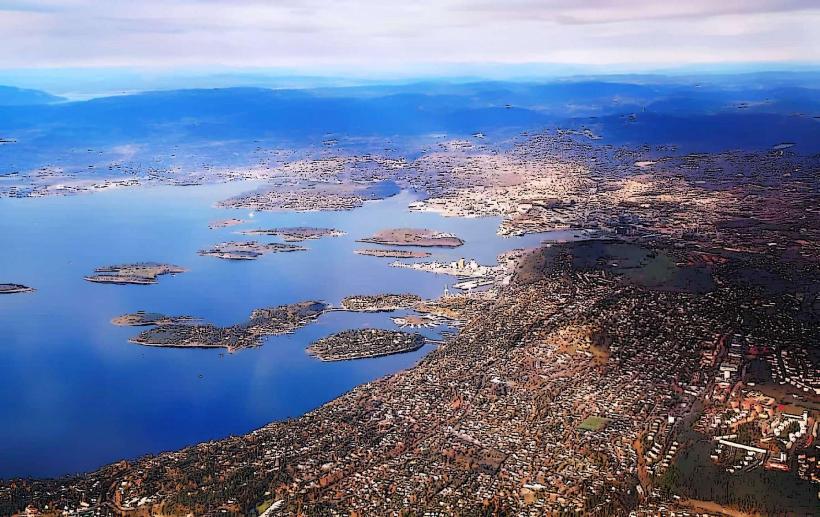Information
Landmark: Viking Ship MuseumCity: Oslo
Country: Norway
Continent: Europe
The Viking Ship Museum (Vikingskipshuset) in Oslo is one of Norway's most renowned museums, offering an exceptional collection of well-preserved Viking ships and artifacts. Located on the Bygdøy Peninsula, it provides an in-depth look at the Viking Age (approximately 800–1050 AD) and the maritime culture that defined it. The museum is an essential destination for anyone interested in Norway’s Viking history and its impact on European and world history.
History and Establishment
- Opened: The Viking Ship Museum was opened in 1926 and is part of the Museum of Cultural History at the University of Oslo.
- Purpose: The museum was established to showcase the discoveries of Viking ships and burial sites in Norway and other parts of Scandinavia. Many of the ships and objects on display were excavated from Viking burial mounds and graves, offering valuable insight into the Vikings' lives, beliefs, and craftsmanship.
- Renovation and Future: The museum is in the process of being renovated and updated as part of the development of the new Viking Age Museum, which will house an even larger and more comprehensive collection. This is expected to open in 2026, marking the centenary of the original museum.
The Viking Ships
The museum is best known for its collection of Viking ships, which were preserved in burial mounds and are among the most spectacular examples of Viking craftsmanship. These ships were used in funerals for wealthy Vikings, who were often buried with important possessions, including ships to accompany them in the afterlife.
Oseberg Ship:
- Excavation: Discovered in 1904 in the Oseberg burial mound near the town of Tønsberg, the Oseberg Ship is one of the most famous Viking ships in existence.
- Date: It dates back to around 820 AD.
- Design: The Oseberg ship is a beautifully crafted longship, with intricate carvings and a distinctive bow and stern. It is about 21.5 meters (70 feet) long and 5 meters (16 feet) wide.
- Significance: The ship was used in the burial of two women, possibly high-ranking individuals, as it was filled with offerings like household items, textiles, and ceremonial objects. The Oseberg Ship is considered a masterpiece of Viking woodwork and craftsmanship.
Gokstad Ship:
- Excavation: The Gokstad ship was excavated in 1880 from a burial mound in Sandefjord, Norway.
- Date: The ship is believed to date from around 900 AD.
- Design: It is a larger, sturdier ship than the Oseberg Ship, measuring 23 meters (75 feet) long. This type of ship was likely used for Viking raids and long-distance travel, with a powerful design that allowed for both speed and cargo capacity.
- Significance: The Gokstad Ship was buried with the body of a Viking chief, along with a range of goods, suggesting the high status of the person buried with it.
Tune Ship:
- Excavation: The Tune ship was discovered in 1867 near the village of Tune in Østfold County, Norway.
- Date: The ship dates to around 900 AD, contemporaneous with the Gokstad Ship.
- Design: Although the ship’s hull was in poor condition when it was discovered, significant portions of its structure were recovered, and it is believed to have been similar in design to the Gokstad Ship.
- Significance: The Tune Ship is important because it provides evidence of Viking shipbuilding techniques, even though much of the ship’s body did not survive.
Exhibits and Artifacts
Viking Burials and Grave Goods:
- The museum displays a wide array of objects recovered from the Viking ship burials. These include everyday items such as tools, pottery, and weapons, as well as more ceremonial objects, including wooden carvings, textiles, and animal bones.
- Some of the artifacts are displayed alongside reconstructions of the Viking ships, helping to illustrate how the ships were used in the Viking Age.
Viking Weapons and Tools:
- The museum exhibits weapons such as swords, axes, and shields, which were essential to the Viking way of life. These artifacts shed light on the Vikings’ martial culture and their prowess in combat and raiding.
- Everyday tools used in Viking settlements, such as fishing gear, farming implements, and domestic tools, provide context for their daily lives.
Viking Art and Culture:
- There are displays of Viking art, including carved wood, textiles, and runic inscriptions. Many of the items on display reflect the craftsmanship and artistic traditions of the Viking Age, which blended utilitarian design with intricate decoration.
- Runestones and wooden carvings provide insight into Viking beliefs, mythology, and communication.
The Viking Ship Museum Experience
- Ship Viewing: The highlight of the museum is, of course, the chance to see the Oseberg, Gokstad, and Tune ships up close. These ships are displayed in large, open halls where visitors can admire the fine details of the woodwork and understand the advanced shipbuilding techniques of the Vikings.
- Reconstruction and Models: The museum has excellent reconstructions and models of Viking ships, which help illustrate how they were used for exploration, warfare, and trade. Visitors can see how the ships were powered by both sails and oars, and how their shallow draught made them capable of navigating both open seas and shallow rivers.
- Interactive Exhibits: The museum includes interactive exhibits, allowing visitors to experience what it might have been like to sail a Viking longship or live in a Viking settlement. Some exhibits even allow visitors to try their hand at Norse crafts such as weaving or metalworking.
Visiting Information
- Location: The Viking Ship Museum is located at Bygdøynesveien 36, in Oslo, on the Bygdøy Peninsula. It is easily accessible by public transport (bus or ferry) from the city center.
- Opening Hours: The museum is typically open every day, though hours can vary seasonally. It’s advisable to check the museum’s website for up-to-date information.
- Admission: There is an entrance fee for the museum, but it is included in many Oslo city passes, which offer discounts or free access to several museums in the area.
- Accessibility: The museum is accessible to visitors with disabilities, with ramps and lifts available for easy access to all areas.
Interesting Facts
Viking Ship Construction: The Viking ships on display were masterpieces of medieval shipbuilding. Their design, which combined speed, strength, and seaworthiness, allowed the Vikings to conduct long-distance raids, explorations, and trading expeditions across Europe, Asia, and even North America.
Oseberg Ship's Intricate Carvings: The Oseberg Ship is famous for its highly detailed wood carvings, which are considered some of the finest examples of Viking art. The carvings feature both abstract patterns and depictions of animals, highlighting the artistic talent of the Vikings.
Viking Raids and Exploration: The Viking Age was marked by an era of raiding, exploration, and settlement, and the ships on display at the museum demonstrate how the Vikings traveled far and wide, reaching as far as the Mediterranean, North America, and the Middle East.
The Viking Ship Museum is a must-visit for anyone interested in learning about the Viking Age and experiencing firsthand the incredible achievements of Viking shipbuilding. Whether you’re fascinated by their artistry, their engineering, or their epic journeys, the museum provides an immersive look into a critical chapter of world history.



